Home>Storage & Organization>Decluttering Tips & Tricks>How To Declutter A Room


Decluttering Tips & Tricks
How To Declutter A Room
Published: December 25, 2023
Learn effective decluttering tips and tricks to transform your room into a tidy and organized space. Follow these expert strategies for a clutter-free home.
(Many of the links in this article redirect to a specific reviewed product. Your purchase of these products through affiliate links helps to generate commission for Storables.com, at no extra cost. Learn more)
Introduction
Decluttering a room can be a transformative experience, offering a sense of liberation and tranquility. It's not just about tidying up; it's about creating a space that nurtures positivity and productivity. Whether you're preparing to downsize, seeking a more organized living environment, or simply aiming to refresh your surroundings, decluttering can bring a renewed sense of clarity and purpose to your life.
In this comprehensive guide, we'll explore the art of decluttering, providing practical tips and strategies to help you streamline your living space. From assessing the current state of the room to establishing achievable goals, creating a personalized plan, sorting and categorizing items, and executing the decluttering process, we'll cover every step of the journey. Additionally, we'll delve into the crucial aspects of organizing and storing items effectively, as well as maintaining a clutter-free room in the long run.
Embracing the decluttering process is not just about discarding unnecessary belongings; it's also an opportunity to curate a space that reflects your personality and supports your well-being. By embarking on this journey, you'll not only reclaim physical space but also cultivate mental clarity and emotional balance.
So, let's embark on this transformative journey together, and uncover the joy and serenity that comes with a decluttered room.
Key Takeaways:
- Transform your space by decluttering with purpose, setting achievable goals, and creating a personalized plan. Embrace mindful habits to maintain a clutter-free room, fostering tranquility and functionality in your living environment.
- Sort and categorize items to make informed decisions, and embrace the “less is more” approach. Organize and store efficiently to maintain a clutter-free space, fostering visual harmony and tranquility.
Read more: How To Declutter Kids Room
Assessing the Space
Before diving into the decluttering process, it’s essential to assess the current state of the room. This initial step provides valuable insights into the scope of the decluttering project and helps in formulating a tailored plan of action.
Start by taking a holistic view of the room. Observe the layout, the existing storage options, and the flow of movement within the space. Identify areas that tend to accumulate clutter more rapidly, such as countertops, shelves, or closets. Understanding the specific trouble spots will guide your decluttering efforts.
Next, evaluate the items within the room. Determine which possessions are frequently used, serving a practical purpose, or hold sentimental value. Conversely, identify items that are redundant, damaged, or no longer align with your current lifestyle. This critical assessment sets the stage for making informed decisions during the decluttering process.
Consider the functionality of the room. Is it a living area, a home office, or a bedroom? Understanding the intended purpose of the space will influence the type of items that should be prioritized and those that may be considered extraneous.
Assessing the available storage solutions is equally important. Determine if the existing storage options are utilized effectively or if they contribute to the accumulation of clutter. Assess whether additional storage solutions, such as bins, shelves, or organizers, may be beneficial in optimizing the space.
Finally, take note of any potential obstacles that may hinder the decluttering process, such as time constraints, emotional attachment to belongings, or indecision about letting go of certain items. Acknowledging these challenges at the outset will allow for proactive strategies to address them as you progress through the decluttering journey.
By thoroughly assessing the space, you gain a comprehensive understanding of the room’s current state, enabling you to approach the decluttering process with clarity and purpose.
Setting Goals
Setting clear and achievable goals is a pivotal aspect of the decluttering process. By establishing specific objectives, you can effectively direct your efforts and measure your progress along the way.
Begin by defining the desired outcome. Consider the ideal ambiance and functionality you envision for the room once it’s decluttered. Whether it’s creating a serene and inviting living space, a productive home office, or a tranquil bedroom, articulating the end goal provides a roadmap for the decluttering journey.
Breaking down the decluttering process into manageable milestones can help prevent overwhelm and maintain motivation. Determine the areas within the room that require attention and prioritize them based on their current state and significance to the room’s overall functionality.
Establish a realistic timeline for accomplishing each decluttering milestone. This timeline should align with your schedule and allow for dedicated decluttering sessions without feeling rushed or pressured. Setting aside dedicated time for decluttering ensures consistent progress towards your goals.
Quantify your goals where possible. For instance, you might set a target for reducing the number of items in a particular area by a certain percentage or creating a designated space for specific activities within the room. Measurable goals provide tangible benchmarks to track your achievements and adjust your approach if necessary.
Consider the emotional and psychological aspects of decluttering when setting goals. Acknowledge that parting with certain possessions may evoke sentimental attachments or decision-making dilemmas. Incorporate gentle milestones that allow for emotional processing and decision-making, fostering a compassionate approach to the decluttering journey.
Lastly, remain flexible in your goal-setting process. As you progress through the decluttering journey, your perspective and priorities may evolve. Adjust your goals accordingly to ensure they remain relevant and inspiring throughout the entire process.
By setting clear, realistic, and adaptable goals, you pave the way for a purposeful and rewarding decluttering experience, guiding you towards a harmonious and organized living space.
Creating a Plan
Formulating a well-defined plan is instrumental in orchestrating a successful decluttering endeavor. A thoughtfully crafted plan not only provides structure and direction but also serves as a motivational tool throughout the process.
Start by outlining the specific areas within the room that require decluttering. Identify zones such as closets, shelves, cabinets, and other storage areas that are prone to clutter accumulation. Prioritize these areas based on their current state and the impact their organization will have on the overall functionality of the room.
Establish a systematic approach for decluttering each identified zone. This may involve setting a sequence for tackling different areas or creating a schedule for decluttering sessions to ensure thorough and consistent progress. Breaking down the decluttering process into manageable tasks can prevent overwhelm and maintain momentum.
Consider the logistics of decluttering, such as the availability of storage containers, trash bags, and cleaning supplies. Ensuring that you have the necessary tools and resources on hand streamlines the decluttering process and minimizes interruptions.
Integrate decision-making strategies into your plan. Determine criteria for evaluating items, such as frequency of use, sentimental value, and alignment with your current lifestyle. Having predefined guidelines for retaining or discarding items can expedite the decision-making process and reduce indecision.
Allocate time for breaks and reflection within your plan. Decluttering can be emotionally and physically taxing, especially when parting with belongings. Scheduling moments for relaxation and introspection allows for emotional processing and rejuvenation, nurturing a balanced approach to the decluttering journey.
Lastly, incorporate contingency plans into your decluttering strategy. Anticipate potential challenges, such as encountering unexpected sentimental items or facing time constraints, and devise alternative approaches to address these hurdles without derailing your progress.
By creating a comprehensive and adaptable plan, you lay the groundwork for a methodical and rewarding decluttering experience, ensuring that each step contributes to the creation of a harmonious and organized living space.
Start by removing items that don’t belong in the room. Then, categorize items into keep, donate, or throw away piles. Finally, find a designated spot for everything to keep the room clutter-free.
Sorting and Categorizing Items
Sorting and categorizing items is a fundamental step in the decluttering process, enabling you to gain clarity on the contents of the room and make informed decisions about each item’s fate.
Commence by designating distinct categories for the items within the room. Common categories may include essentials, sentimental items, recyclables, donations, and items to discard. Creating clear and specific categories streamlines the sorting process and facilitates efficient decision-making.
Initiate the sorting process by systematically evaluating each item within the room. As you encounter items, assess their relevance to your current lifestyle, frequency of use, and emotional significance. Assign each item to the appropriate category based on these considerations.
Utilize designated sorting areas to physically separate items into their respective categories. This visual separation provides a tangible representation of the decluttering progress and aids in identifying areas that may require further attention.
Employ the “three-box method” to streamline the sorting process. Label three boxes as “keep,” “donate,” and “discard.” As you assess each item, place it in the corresponding box based on its utility and relevance. This method expedites the categorization process and minimizes decision-making hesitations.
Consider employing the “KonMari” method, popularized by Marie Kondo, which advocates assessing each item’s ability to spark joy. This approach emphasizes retaining items that evoke positive emotions and discarding those that no longer resonate with you. Integrating this emotional aspect into the sorting process can foster a more mindful and intentional approach to decluttering.
As you progress through the sorting and categorization process, remain open to reevaluating your initial categorizations. Items may warrant reassignment to different categories based on evolving perspectives and insights gained during the decluttering journey.
By meticulously sorting and categorizing items, you lay the groundwork for informed decision-making and pave the way for a streamlined and purposeful decluttering experience, ultimately contributing to the creation of a harmonious and organized living space.
Read more: How To Declutter My Room
Decluttering Process
The decluttering process is a transformative journey that involves making deliberate decisions about the items within the room, ultimately shaping a space that aligns with your lifestyle and aspirations. Embracing this process with intention and mindfulness can yield a rejuvenated living environment and a renewed sense of harmony.
Begin by addressing one category of items at a time, such as clothing, books, or decor. Focusing on a specific category allows for concentrated decision-making and prevents feeling overwhelmed by the entire room’s contents.
As you evaluate each item within the chosen category, consider its practical utility and emotional significance. Assess whether the item enhances your daily life, aligns with your current interests, or contributes to the envisioned ambiance of the room. If an item no longer serves a purpose or brings joy, consider parting with it to free up space and reduce clutter.
Embrace a systematic approach to decluttering. For example, when decluttering clothing, assess each garment’s fit, condition, and frequency of wear. Discard items that no longer fit, are damaged beyond repair, or have been untouched for an extended period. Consider donating or repurposing items that hold potential value but no longer align with your style or needs.
Emphasize conscious consumption during the decluttering process. As you encounter potential additions to your belongings, evaluate them against your revised standards for what enters the room. Adopting a mindful approach to acquiring new items prevents future clutter and aligns with the goal of maintaining an organized living space.
Embrace the concept of “less is more” as you declutter. Cultivating a curated collection of items that truly resonate with you fosters a sense of abundance and appreciation for the possessions that remain, ultimately contributing to a more intentional and harmonious living space.
Throughout the decluttering process, prioritize compassion and self-reflection. Acknowledge that parting with certain items may evoke emotional responses, and allow yourself the grace to navigate these sentiments while staying committed to your decluttering goals.
By approaching the decluttering process with mindfulness and purpose, you embark on a transformative journey toward creating a space that embodies simplicity, functionality, and personal resonance, fostering a sense of tranquility and balance in your living environment.
Organizing and Storing
Once the decluttering process is complete, organizing and storing the remaining items efficiently is essential for maintaining a clutter-free and functional living space. Thoughtful organization systems and storage solutions not only enhance the room’s aesthetic appeal but also contribute to sustained organization and ease of access.
Begin by assessing the layout and available storage options within the room. Identify areas that can be optimized for storage, such as underutilized corners, vertical wall space, or existing furniture with concealed storage compartments. Maximizing these spaces can minimize visual clutter and create a streamlined environment.
Employ storage solutions that align with the specific needs of the room. Utilize transparent or labeled containers for items that benefit from categorization, such as craft supplies, accessories, or small electronics. Implement modular storage systems that can be tailored to accommodate varying quantities of items, ensuring flexibility as your storage needs evolve.
Adopt a “place for everything, and everything in its place” approach to organization. Assign dedicated homes for frequently used items, ensuring that they are easily accessible and promptly returned to their designated locations after use. This practice minimizes the likelihood of clutter accumulation and promotes a tidy and organized environment.
Consider incorporating multifunctional furniture that integrates storage capabilities, such as ottomans with hidden compartments, coffee tables with built-in shelves, or modular shelving units. These versatile pieces not only optimize space but also contribute to a cohesive and purposeful room design.
Embrace vertical storage solutions to capitalize on wall space and minimize floor clutter. Install floating shelves, wall-mounted organizers, or pegboards to display and store items while maintaining an open and airy ambiance within the room.
Integrate aesthetically pleasing storage solutions that complement the room’s decor. Select storage containers, baskets, and organizers in cohesive colors and styles to harmonize with the room’s overall aesthetic, elevating the visual appeal of the organized space.
Regularly reassess and refine your organization systems to accommodate any changes in your lifestyle or possessions. Flexibility and adaptability in organization ensure that the room remains organized and functional in the long term.
By implementing strategic organization and storage solutions, you establish a cohesive and efficient system for maintaining a clutter-free living space, fostering an environment of tranquility, functionality, and visual harmony.
Maintaining a Clutter-Free Room
After completing the decluttering and organizing process, maintaining a clutter-free room requires ongoing dedication and mindful habits. By incorporating practical routines and adopting a conscious approach to consumption, you can preserve the organized and harmonious ambiance of the space, nurturing a sense of tranquility and functionality.
Establish a daily tidying routine to maintain the room’s order and cleanliness. Devote a few minutes each day to tidying surfaces, returning items to their designated homes, and addressing any emerging clutter. Consistent daily maintenance prevents the accumulation of disarray and promotes a serene living environment.
Adopt a “one in, one out” approach to possessions. When acquiring new items, whether through purchases or gifts, consider parting with an existing item to maintain a balanced and curated collection. This practice prevents unnecessary accumulation and aligns with the goal of sustaining a clutter-free room.
Regularly reassess the functionality of the room’s layout and storage systems. Evaluate whether the current organization methods effectively support your daily activities and adjust them as needed to optimize accessibility and minimize clutter-prone areas.
Embrace mindful consumption practices to prevent the influx of unnecessary items. Before acquiring new belongings, consider their practical utility, longevity, and alignment with your lifestyle. Mindful consumption fosters a deliberate and considered approach to adding new items to the room, reducing the likelihood of clutter accumulation.
Periodically conduct mini decluttering sessions to reassess the room’s contents. Set aside dedicated time to review items and identify any that no longer serve a purpose or align with your current preferences. Regular decluttering sessions prevent stagnation and promote a dynamic and purposeful living environment.
Encourage household members to embrace the principles of maintaining a clutter-free room. Foster open communication and collaboration to ensure that everyone contributes to preserving the organized and serene ambiance of the space, reinforcing a collective commitment to clutter-free living.
Emphasize the value of quality over quantity when considering new additions to the room. Prioritize items that hold personal significance, align with the room’s aesthetic, and enhance its functionality, promoting a curated and intentional approach to the room’s contents.
By integrating mindful habits and conscious consumption practices, you cultivate a sustainable and clutter-free living space, fostering an environment of tranquility, functionality, and visual harmony that supports your well-being and daily activities.
Frequently Asked Questions about How To Declutter A Room
Was this page helpful?
At Storables.com, we guarantee accurate and reliable information. Our content, validated by Expert Board Contributors, is crafted following stringent Editorial Policies. We're committed to providing you with well-researched, expert-backed insights for all your informational needs.
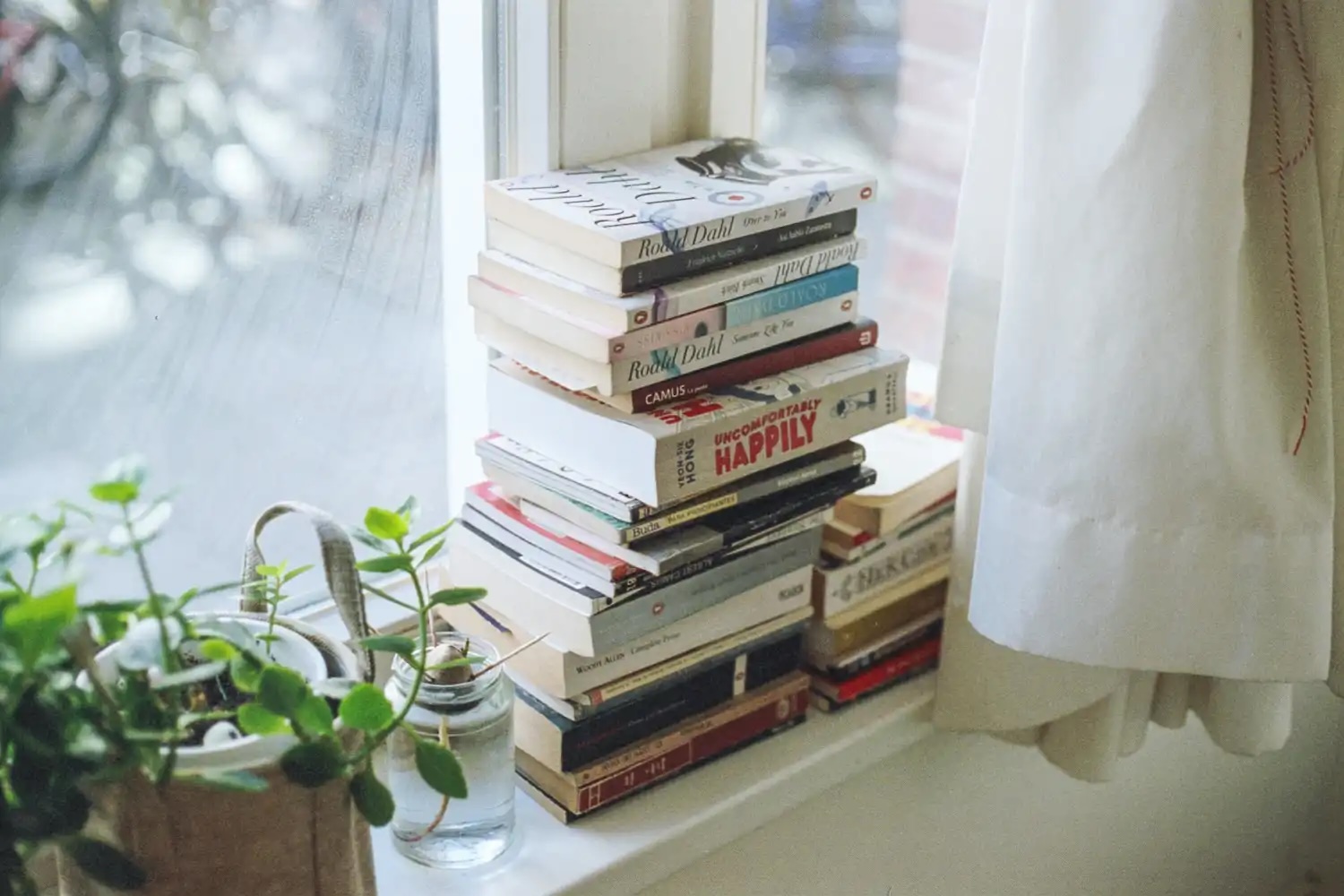
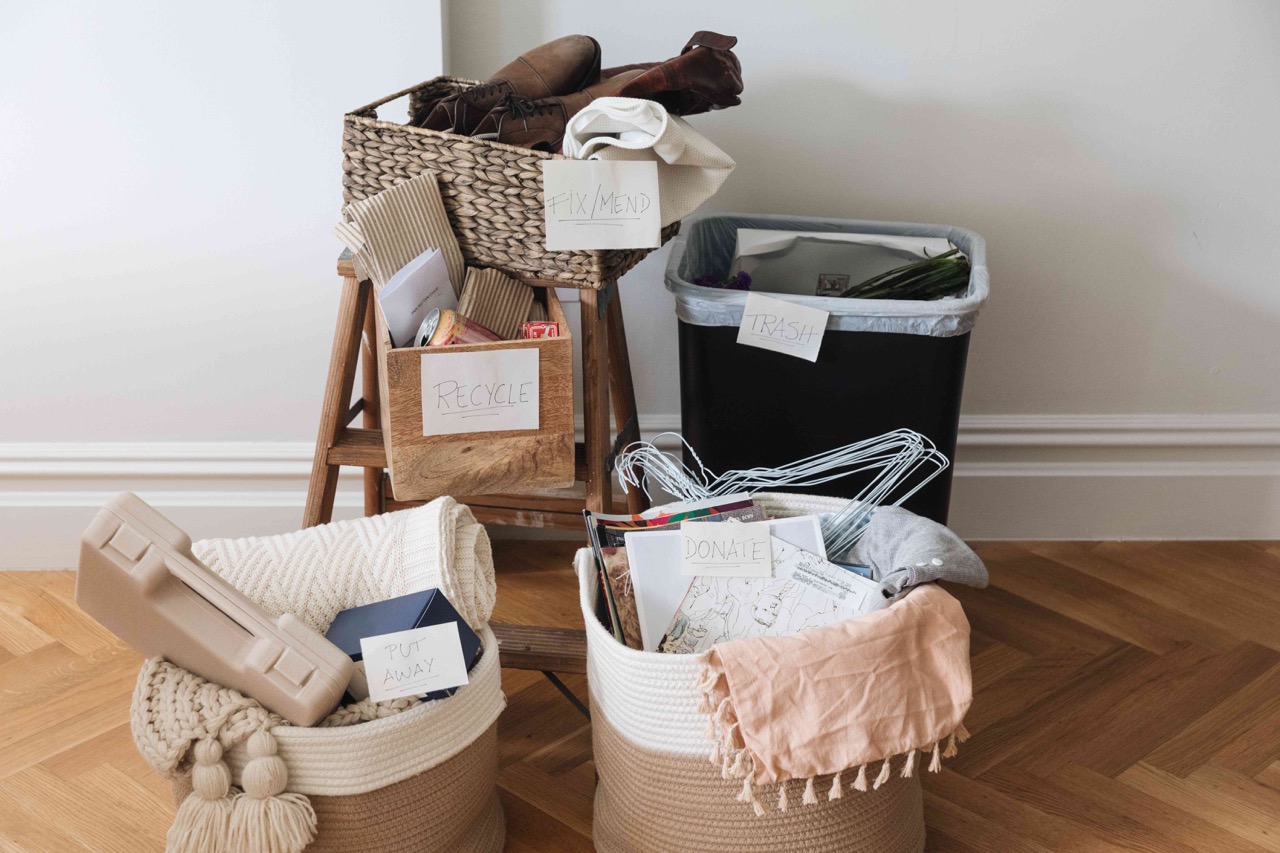

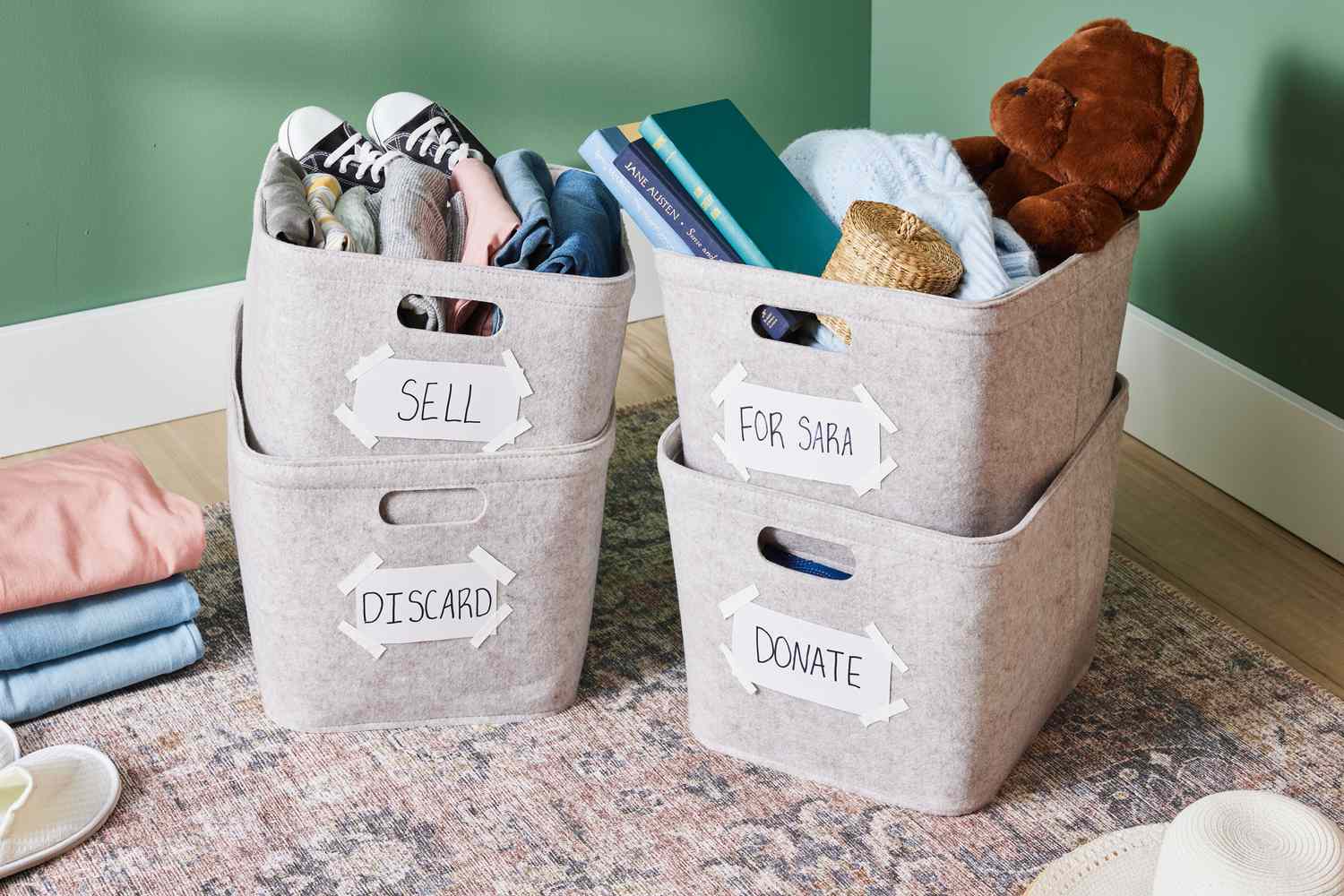
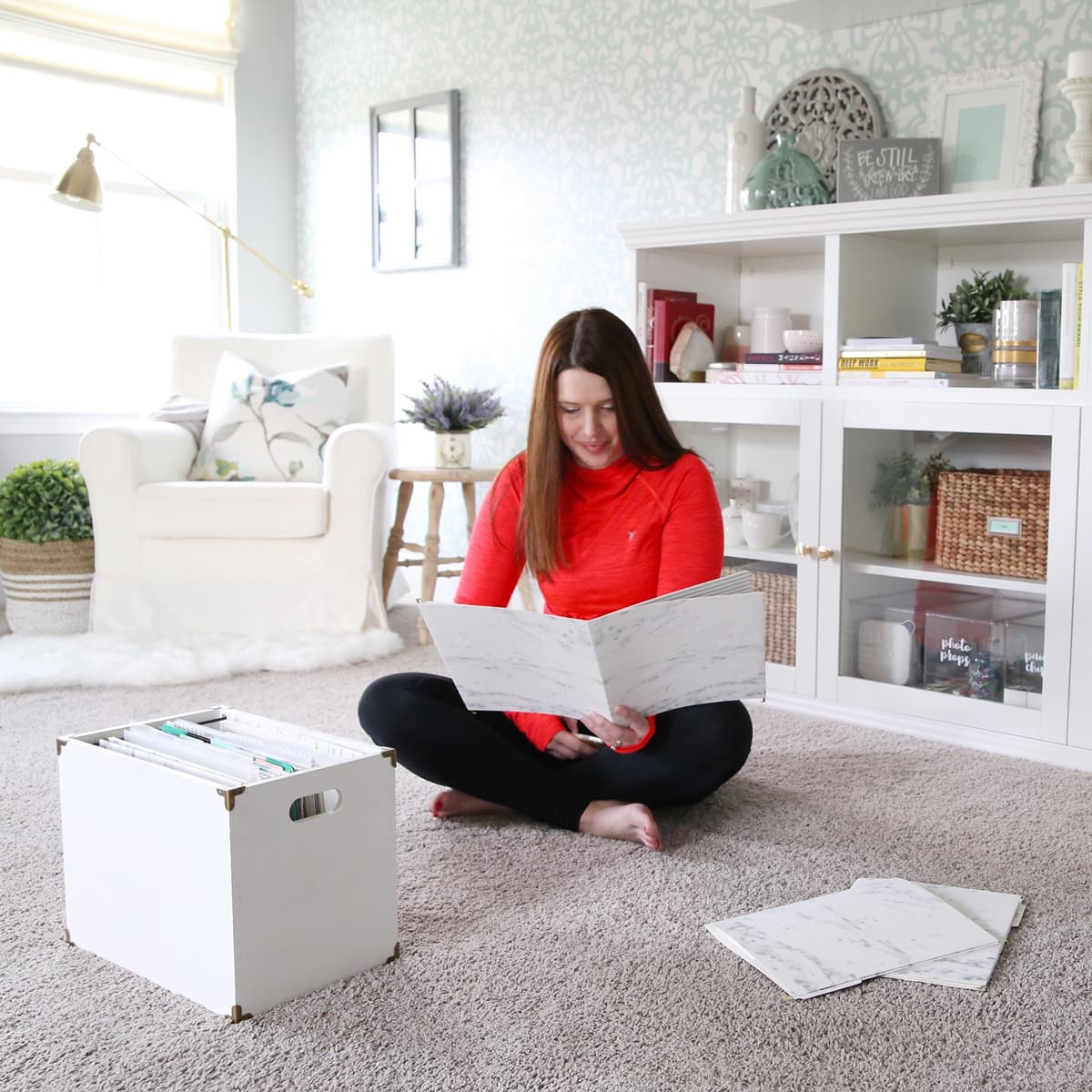


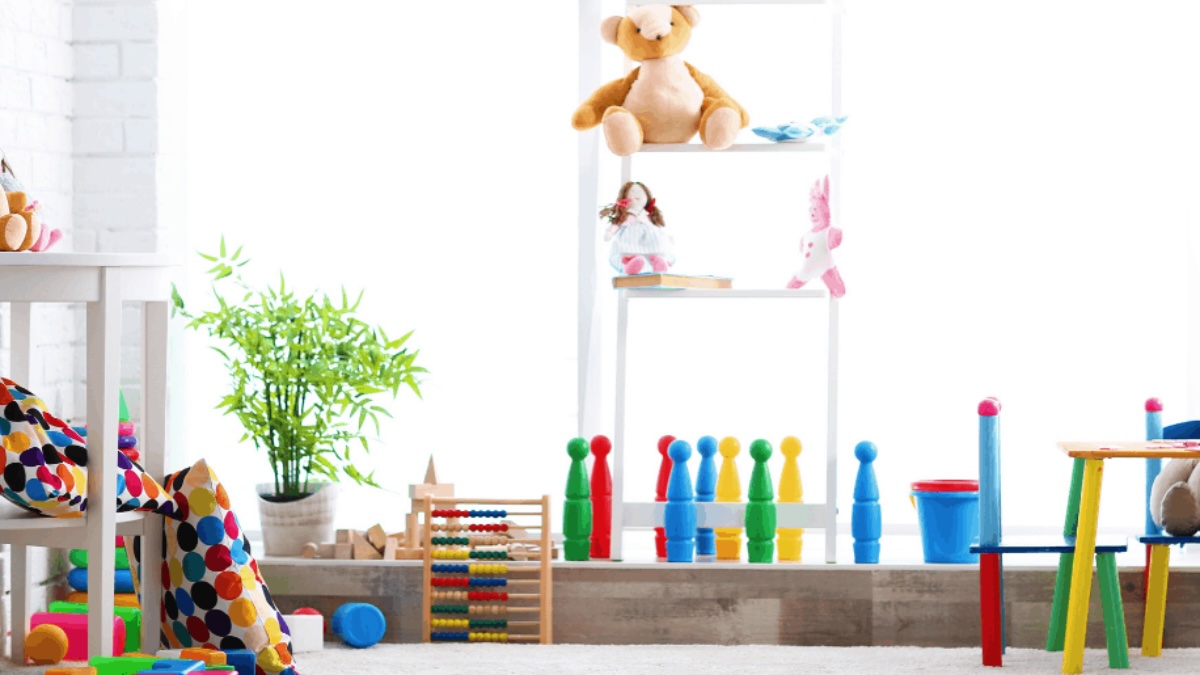
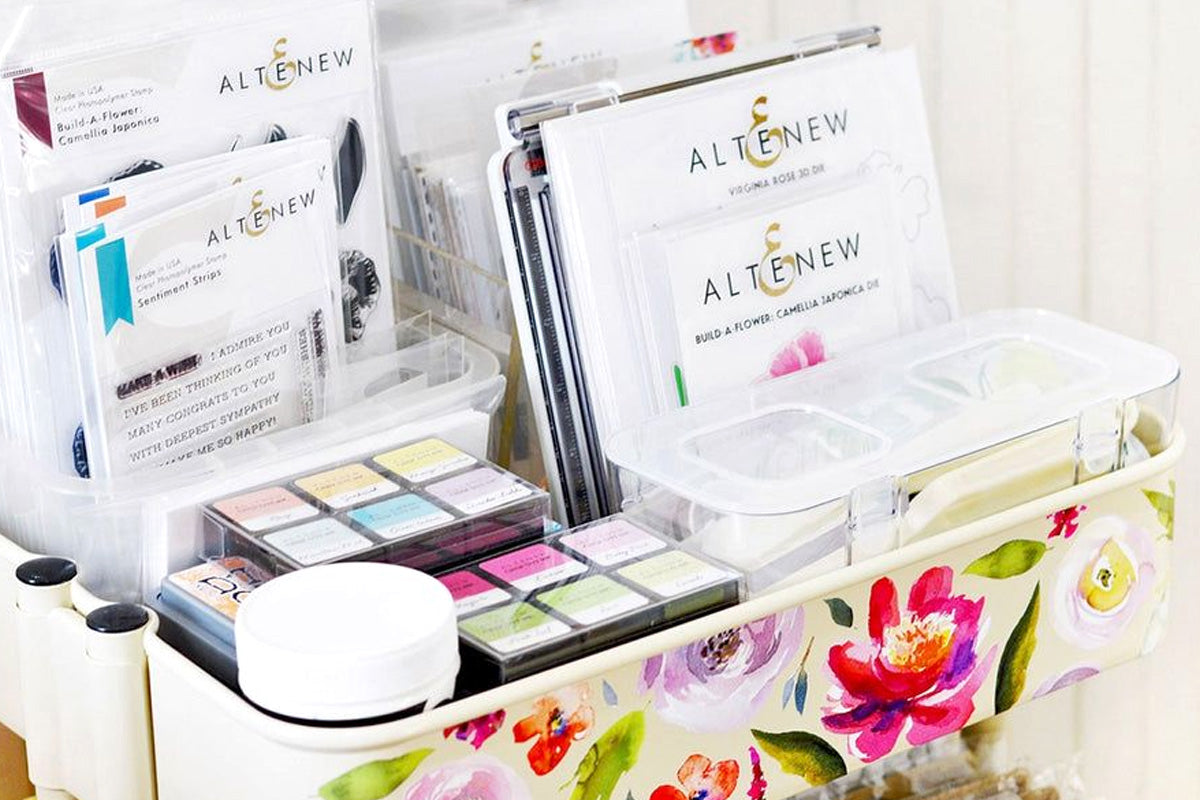

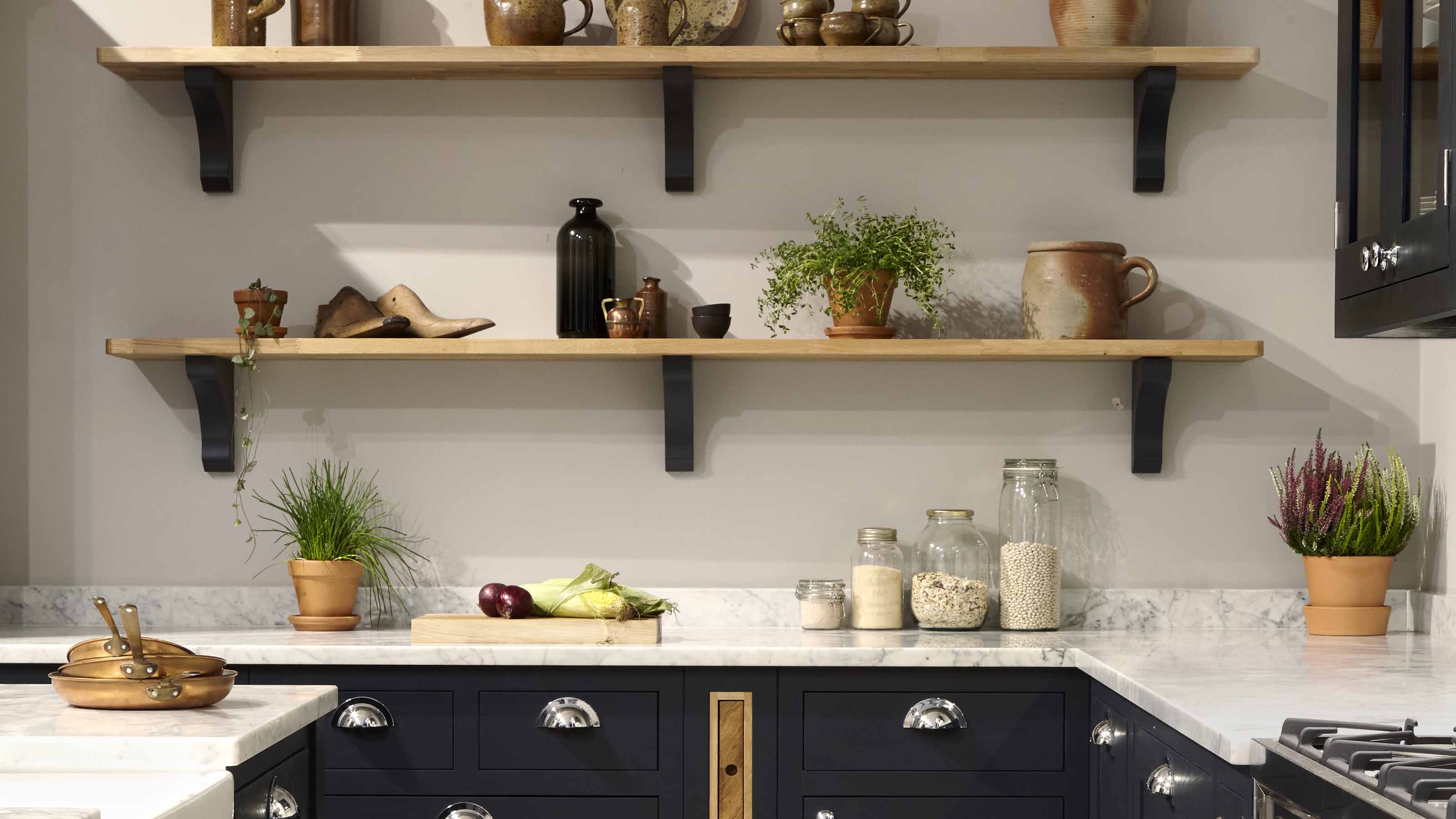
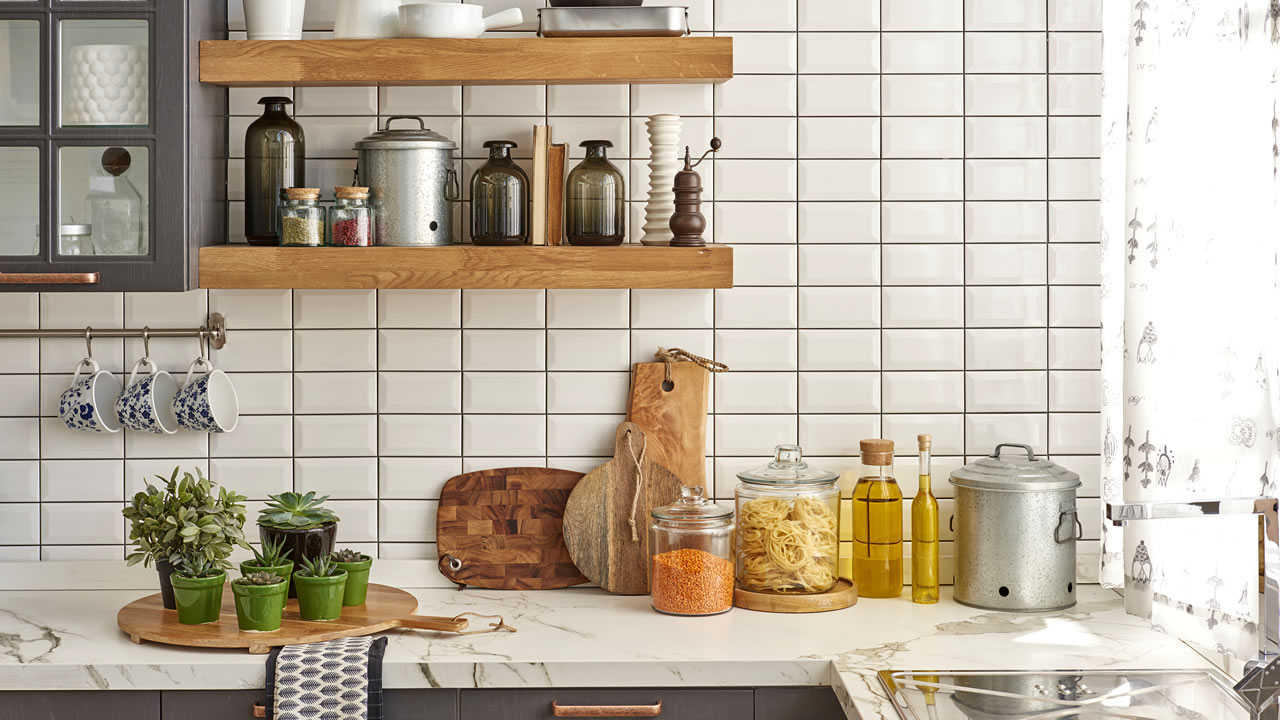
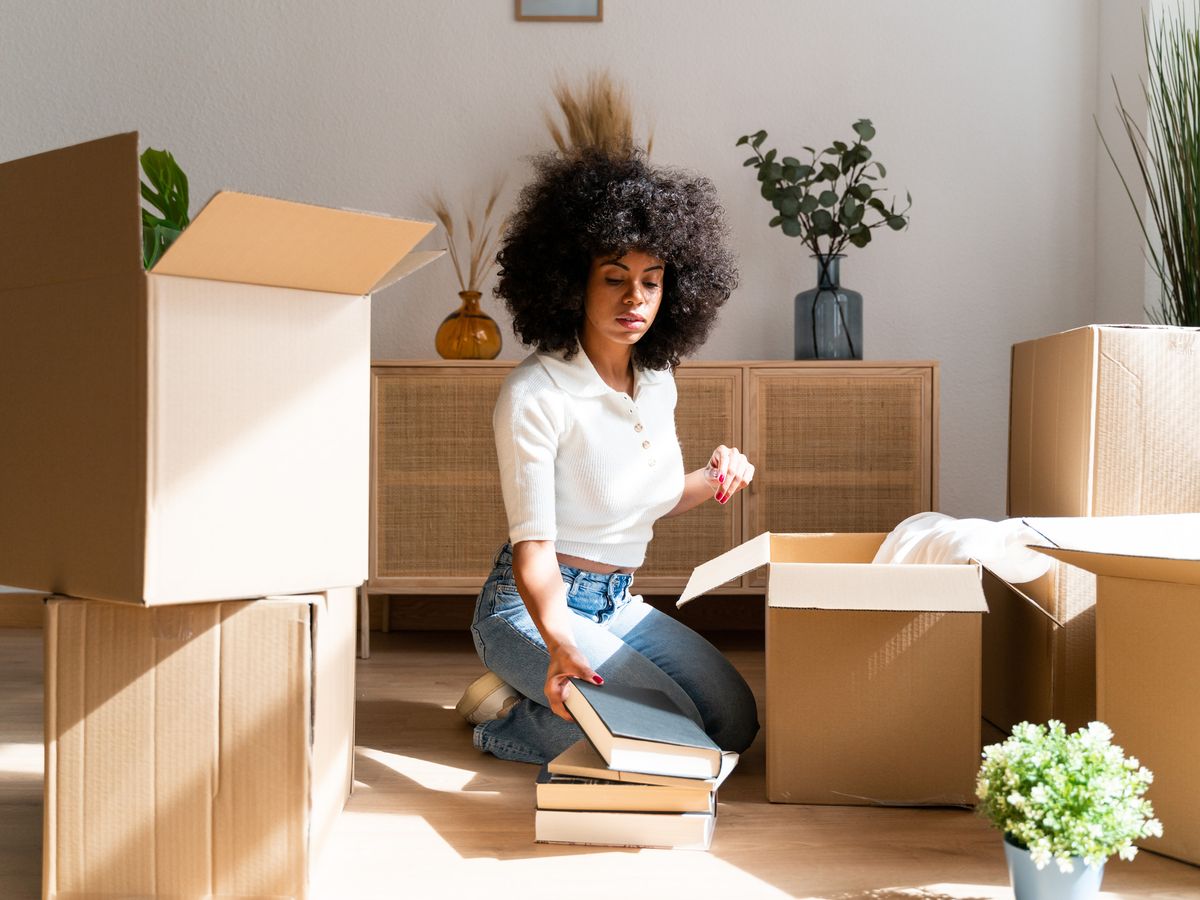
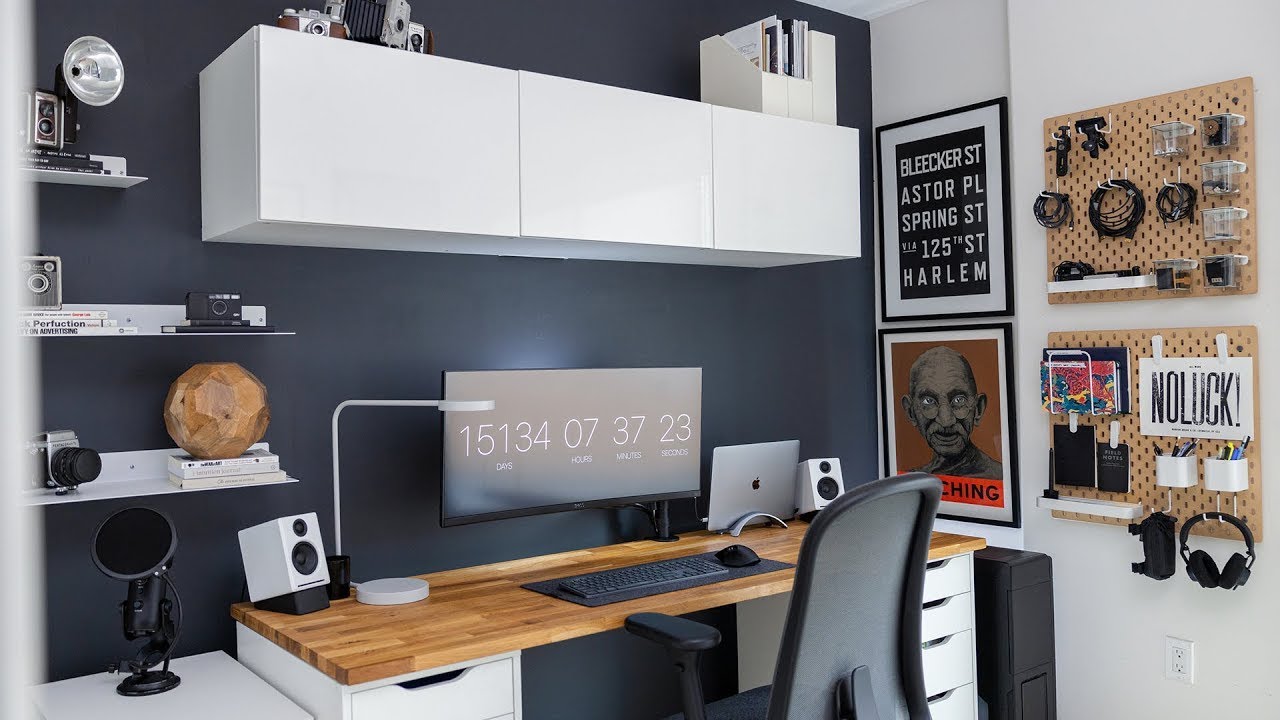

0 thoughts on “How To Declutter A Room”